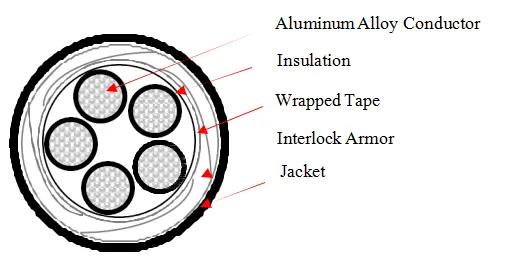Nov . 12, 2024 02:53 Back to list
4 inch check valve
Understanding the 4-inch Check Valve A Key Component in Fluid Systems
A check valve, also known as a one-way valve, is a critical component used in various fluid systems to prevent backflow. Among the different sizes and types, the 4-inch check valve serves as a significant fixture in many industrial and residential applications. This article delves into the fundamentals of 4-inch check valves, their functions, types, applications, and maintenance considerations.
What is a Check Valve?
A check valve is a plumbing device that allows fluid (liquid or gas) to flow only in one direction. The main function of a check valve is to prevent backflow, which can cause significant damage to equipment, contamination of supplies, and inefficient system operation.
In essence, when fluid flows in the forward direction, the pressure keeps the valve open. However, if there is a reverse flow, the pressure falls, causing the valve to close and thus preventing any backward movement of the fluid. This automatic operation is crucial for maintaining system integrity.
The Importance of Check Valves
Check valves are employed in numerous applications, ranging from municipal water systems to wastewater management, fire systems, and even in certain chemical processing sectors. The 4-inch check valve, in particular, finds its place in applications where a larger flow capacity is needed while still needing to prevent backflow.
Advantages
1. Prevent Contamination By ensuring that fluids do not flow backward, check valves help maintain the purity of water and other fluids in a system. This is crucial in drinking water supplies and food processing. 2. Protection of Equipment Backflow can cause wear and tear on pumps and other equipment. Check valves help protect these valuable assets from potential damage, thus increasing their lifespan and reliability.
3. Maintenance of Pressure In systems where maintaining a certain pressure level is critical, check valves help to stabilize pressure by preventing reverse flow.
Types of 4-Inch Check Valves
There are several types of check valves, and the choice depends on the specific application and fluid dynamics at play. Some common types include
1. Swing Check Valve This type features a disc that pivots on a hinge or trunnion. It is suitable for higher flow rates and is generally used in applications where the fluid velocity is high.
4 inch check valve

2. Lift Check Valve This design includes a valve disc that moves up and down in the flow passage. It is effective at lower velocities and is often used in smaller pipe sizes.
3. Ball Check Valve Utilizing a ball that sits on a seat, this design ensures a tight seal and is used in a variety of industries for applications ranging from water treatment plants to oil and gas production.
4. Spring-loaded Check Valve This valve includes a spring mechanism that assists in closing the valve quickly to prevent backflow. This design is often found in applications where the speed of closure is crucial.
Applications of 4-Inch Check Valves
The 4-inch check valve is notably prevalent in various industries. Here are a few notable applications
1. Water Supply Systems In municipal water supplies, 4-inch check valves are essential components for ensuring that clean water flows to consumers while preventing contamination from backflow.
2. Wastewater Treatment These valves are used in sewer systems and wastewater treatment plants to stop sewage from flowing back into treatment tanks.
3. Fire Suppression Systems Check valves are essential in fire sprinkler systems, ensuring that water is available for firefighting without risking backflow into the municipal supply.
4. Chemical Processing In refineries and chemical plants, 4-inch check valves play a pivotal role in maintaining the flow of corrosive and non-corrosive fluids.
Maintenance Considerations
To ensure reliability, regular maintenance of check valves is necessary. Users should check for leaks and signs of wear, clean any debris that may hinder functionality, and test the valve's operation periodically. Replacing worn-out components in a timely manner can prevent larger system failures and enhance operational efficiency.
Conclusion
In summary, the 4-inch check valve is a vital component across multiple industries, providing essential backflow prevention and helping maintain system integrity. By understanding the various types, applications, and maintenance tips for these valves, users can ensure they operate effectively and efficiently, safeguarding both their systems and the fluids they handle. Recognizing the significance of such a seemingly simple device highlights the intricacies involved in fluid dynamics and system management.
Share
-
Reliable Wafer Type Butterfly Valves for Every IndustryNewsJul.25,2025
-
Reliable Flow Control Begins with the Right Ball Check ValveNewsJul.25,2025
-
Precision Flow Control Starts with Quality ValvesNewsJul.25,2025
-
Industrial Flow Control ReliabilityNewsJul.25,2025
-
Engineered for Efficiency Gate Valves That Power Industrial PerformanceNewsJul.25,2025
-
Empowering Infrastructure Through Quality ManufacturingNewsJul.25,2025